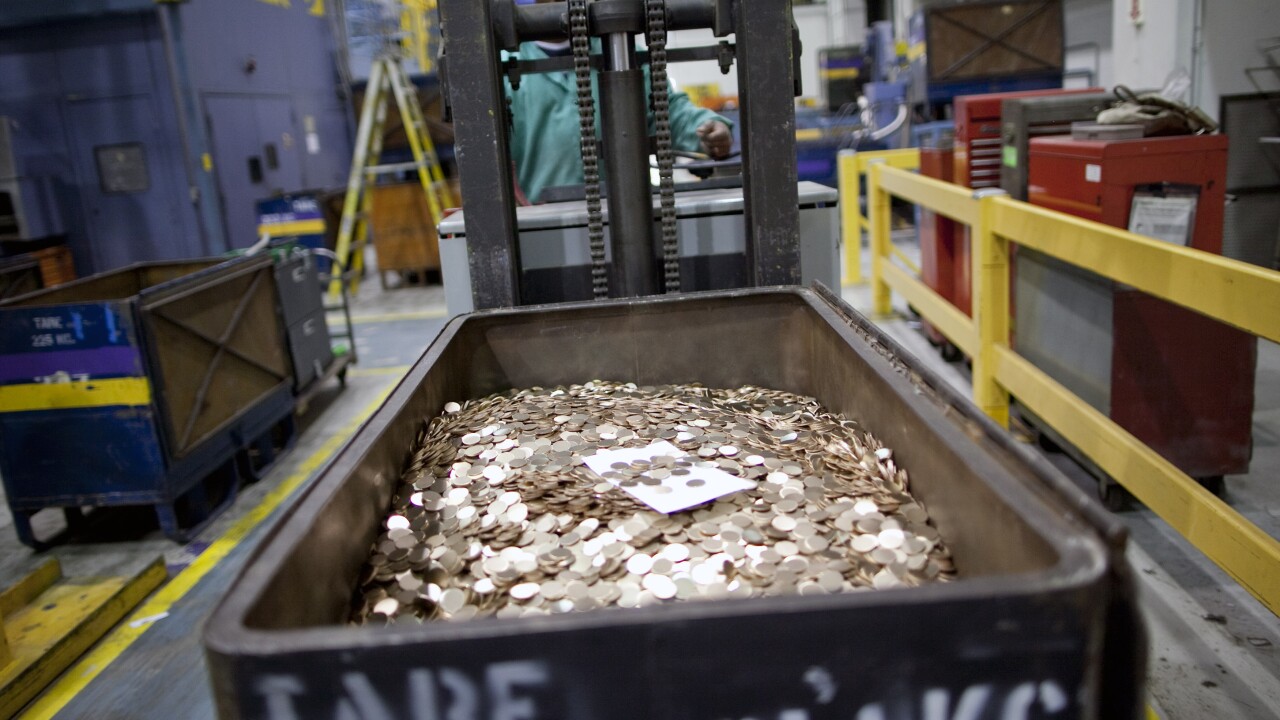A growing number of banks are using hybrid systems that employ elements of both client/server and mainframe computer architectures.
Client/server configurations, which consist of groups of personal computers that communicate and share processing tasks through a hub PC called a server, have become popular in banking because they often are cheaper to operate and upgrade than mainframe and midrange systems.
However, "pure" client/server arrangements - those which rely exclusively upon PCs for core processing tasks - are hard to come by at any but the smallest banks.
Experts said many banks are mixing and matching host-based systems with the new PC networks in hopes of making a smooth transition to pure client/server.
"Banks have been cautious about using client/server for their most important core banking functions because there is still concern about reliability and performance," said George Kivel, a technology analyst with Tower Group, Wellesley, Mass. "The mainframe is still considered superior in some areas."
The largest banks are likely to continue relying heavily on mainframes, because for now those systems are the only way to handle the transaction volumes of a superregional, experts said.
Small and midsize banks, however, are using hybrid systems to assess the relative benefits of the different system architectures.
According to M One Inc., consulting firm, a based in Phoenix, some 60 community banks use client/server technology for processing of demand deposit accounts and other core functions, and nearly 200 are expected to be doing so by the end of next year.
Coastal Bancorp in Houston recently completed a massive overhaul of its core processing and branch automation systems to support its change from a savings and loan to a commercial bank.
Working with Electronic Data Systems Corp., based in Plano, Tex., the bank installed the EDS Banking System, a mainframe-based core processing system, along with EDS' OnCall client/server software package, which handles deposit and loan transactions, and data warehousing functions.
The two systems share core processing tasks. During the day, OnCall, which runs under the Windows NT operating system, processes transactions at the server, then passes the information to the mainframe, which still handles overnight posting of credits and debits, in addition to other bulk processing tasks.
Such a setup represents a logical first step toward a move to "pure" client/server, said experts.
"There's been a clear separation of roles, with mainframes relegated to focusing on the 'blue-collar' processing and client/server used for the analytics," said Paul Jameson, senior vice president at Fiserv Inc., which has installed similar hybrid environments for some of its banking clients.
"For now, this separation makes sense, because client/server is not yet mature enough for processing large banks, and can be very costly if not appropriately deployed."
Carl Faulkner, managing director, technology services, at M One, said: "Most of the large service bureaus are devising strategies like OnCall to bridge the gap between legacy and client/server technology. For banks in the $2 billion and up range, this is really the best strategy to begin a client/server migration."
For Coastal Bank, a 40-branch institution with just under $3 billion in assets, a mixed environment that takes advantage of the mainframe's processing power, coupled with client/server's information management capabilities, was concluded to be the best way to support the bank's change and growth initiatives.
"Our long-term goal is to be a $5 billion-asset institution," said Nancy Vadasz, executive vice president, marketing and product strategies, at Coastal Bank. "We are still in acquiring mode, and this system will allow us the flexibility to grow."
Ms. Tucker is a freelance writer based in Hazlet, N.J.





